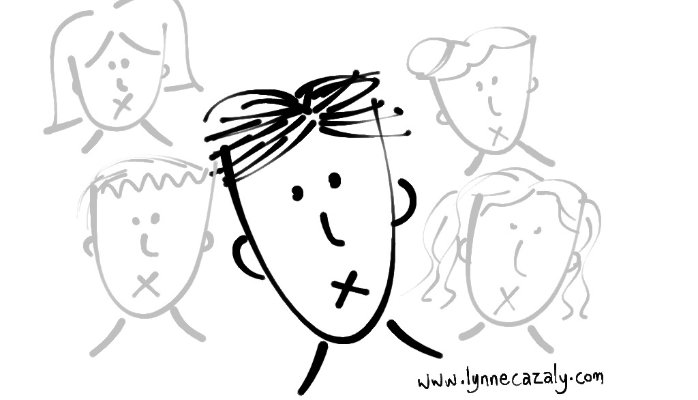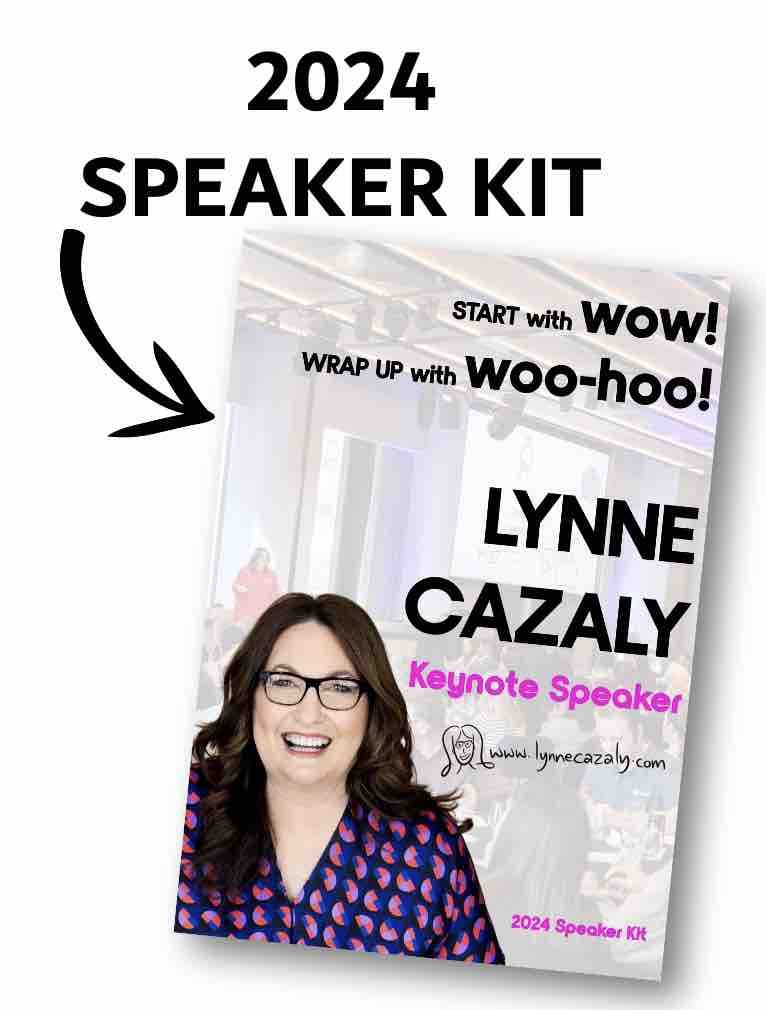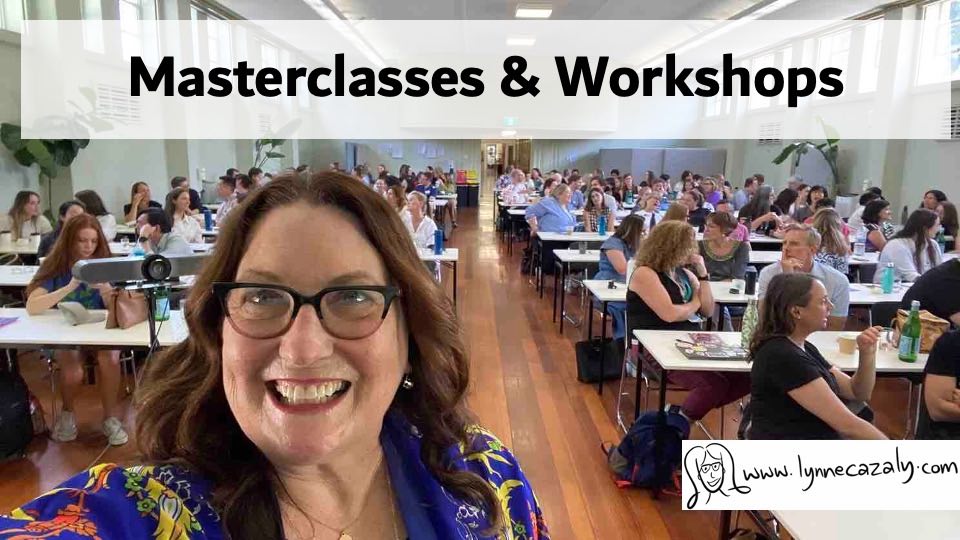What to do about the excruciating sound of silence
 Sunday, December 6, 2015 at 2:55PM
Sunday, December 6, 2015 at 2:55PM  We often want people to contribute, give and be engaged - in conversations, in meetings/workshops or planning days, in the work at hand, in the project, in the business and the industry.
We often want people to contribute, give and be engaged - in conversations, in meetings/workshops or planning days, in the work at hand, in the project, in the business and the industry.
It can be tough; how do you get people to contribute, to add their views and to give their input? Don’t they know we want it; after all, we asked them!
In this day of co-creation and collaboration we want to and need to ensure our customers and clients get the types of solutions they need... but sheesh it can be hard work sometimes getting people to give, contribute, ‘cough-up’ and show they are engaged.
We experience it when we need to extract information from customers, clients or users, or get the requirements for a project or the details for a consulting job… but we just don’t seem to get what we’re after.
Sometimes we have asked a question… or four… and then we're met with ….
silence.
Crickets.
Stillness.
Are they thinking?
Are they going to respond? Do they have anything to say?
Somebody. Say something. Bueller, Bueller Bueller? Anyone, Anyone?
If we’re leading the session or meeting we might be tempted to jump in and answer or move on or even ask another question. Or we can just feel like disappearing and going for a coffee, just to get outta there!
We can wonder: Why aren’t they ‘engaged’! ? Why aren’t they contributing great ideas? Was it something I said?
Worse is when we know there are great ideas to be gathered; we may have heard whispers OUTSIDE the session; why aren’t they bringing them INSIDE, to the meeting or session?
So here’s the word… it’s not about engagement, it’s about elicitation.
Simply saying 'people aren’t engaged on the topic' or ‘they’re not engaging in the discussion' is too much about them.
Elicitation is the new engagement.
Elicit means to draw forth. It means to make or create or invite, to stir up and stimulate.
It can mean stronger things than this, but to elicit something is to evoke. To sparkand stir.
We need to elicit. Not wait for them to engage. Elicit.
Instead of blaming them for not being engaged or measuring their engagement scores, how about we measure how well we elicit information?
- So how are you stirring things up?
- What are we evoking, inviting and sparking?
- What questions are you asking?
- How are you doing that?
- Do you have a good mix of open and closed questions?
- Do you think this is a closed question?
- What is an example of an open question? (See what I did there?)
- And are you working those questions out ahead of time… or just winging it? (PS, hint, work them out ahead of time or you’re sure to be unconsciously asking closed questions. It happens a lot. A lot. And closed questions can push people away and bring on the crickets.)
Our workplaces need bright, enlightening discussions, epic progress, competitive products and bold decisions.
Contemporary leaders know how to elicit, spark and stir.
Fire it up people!


















